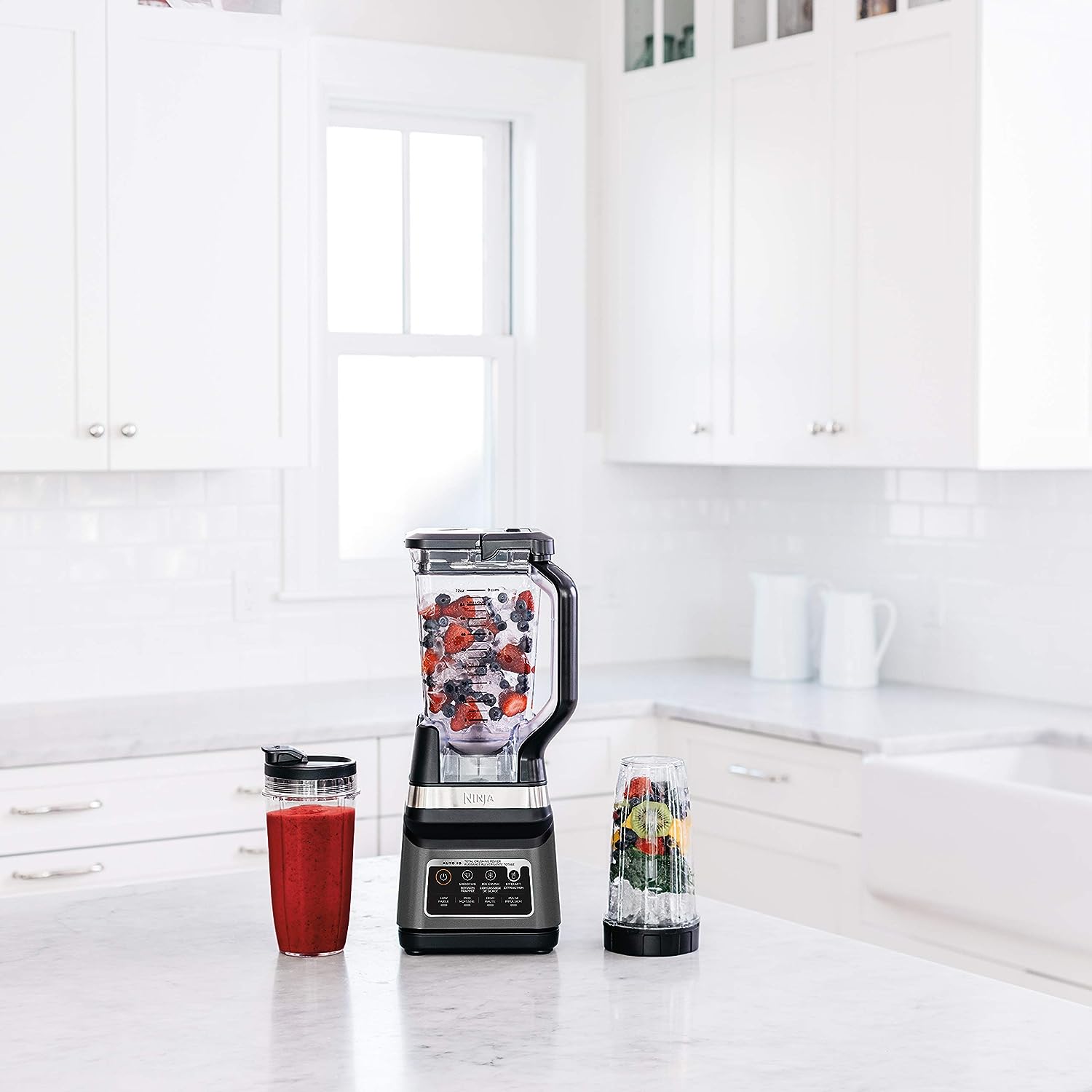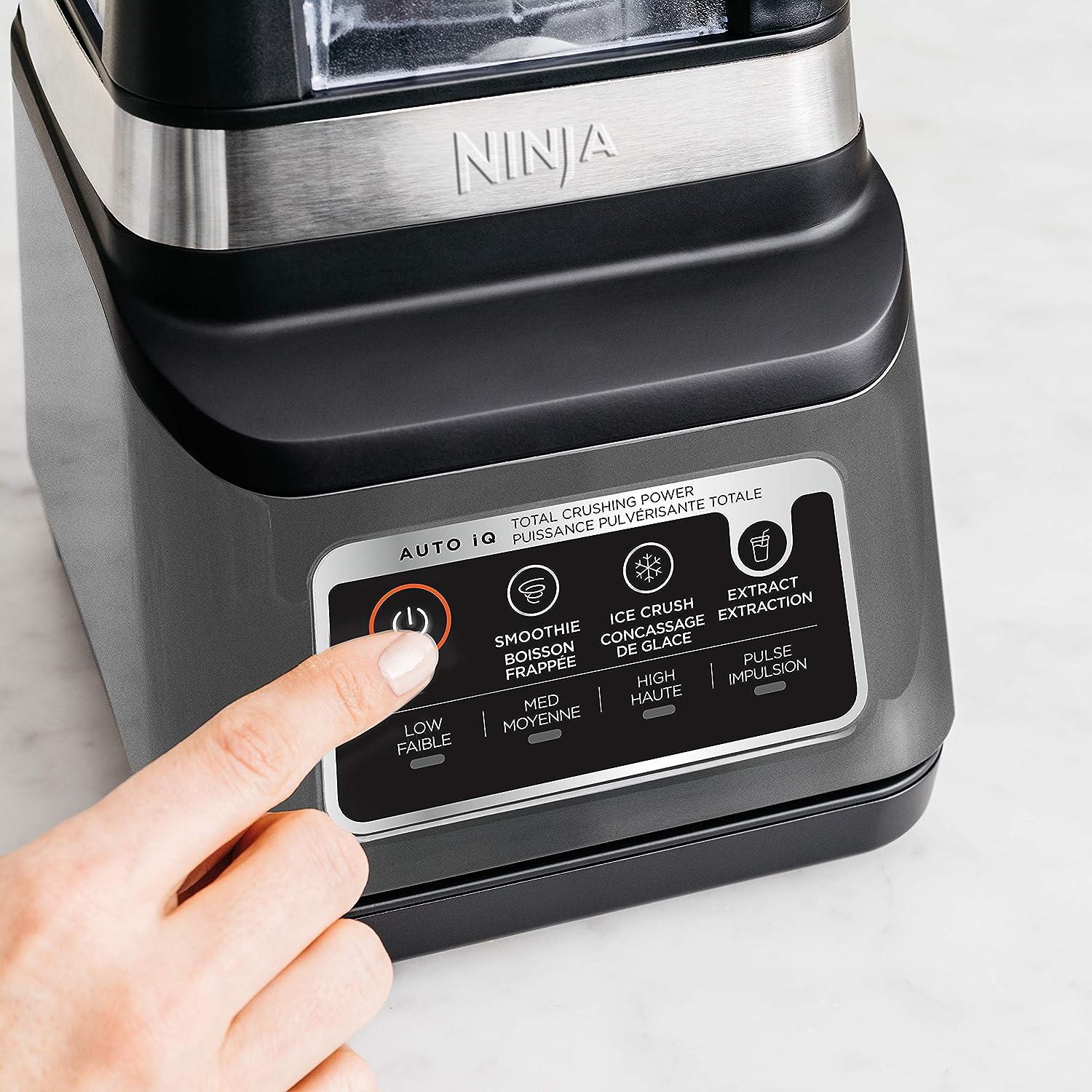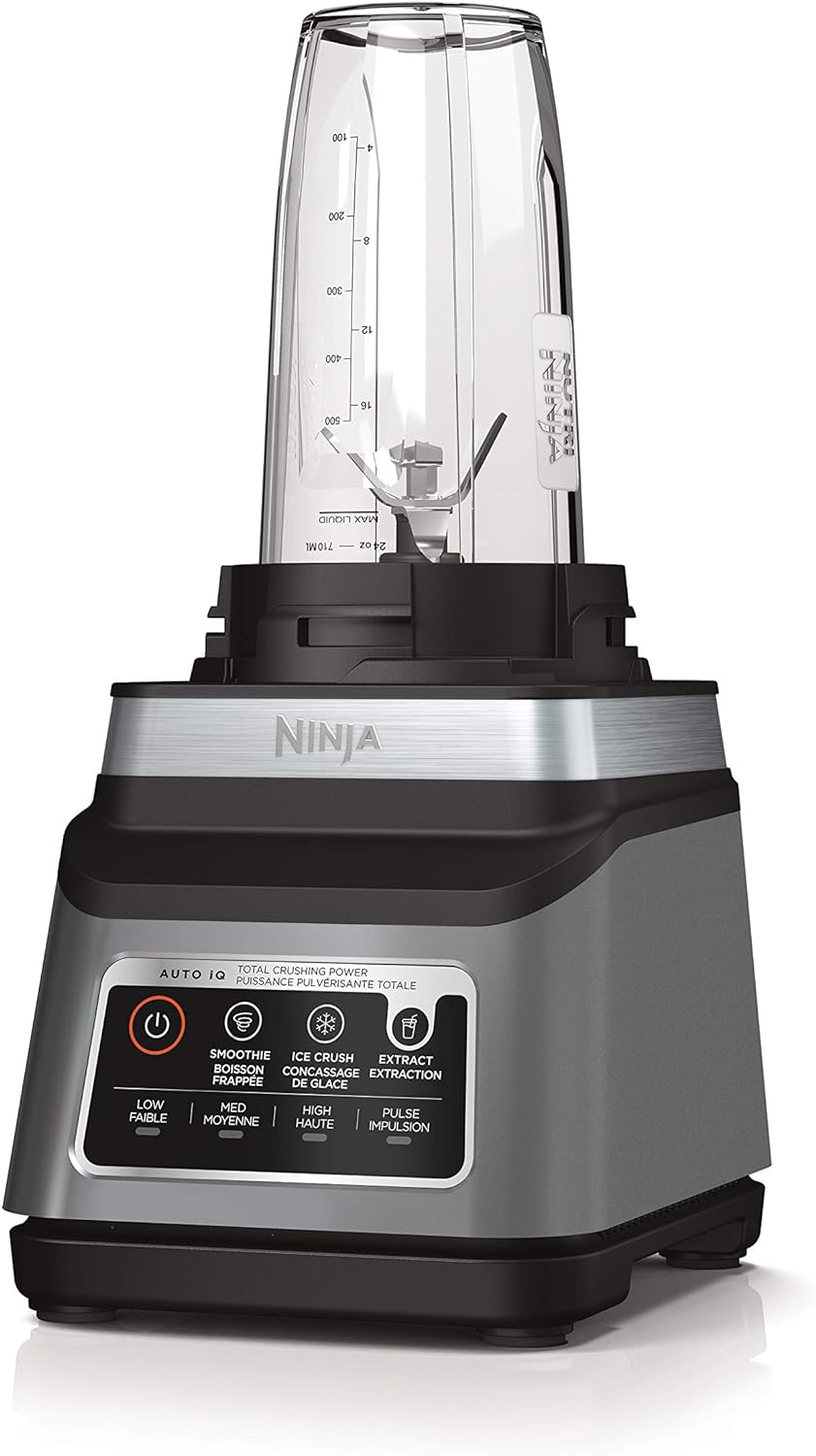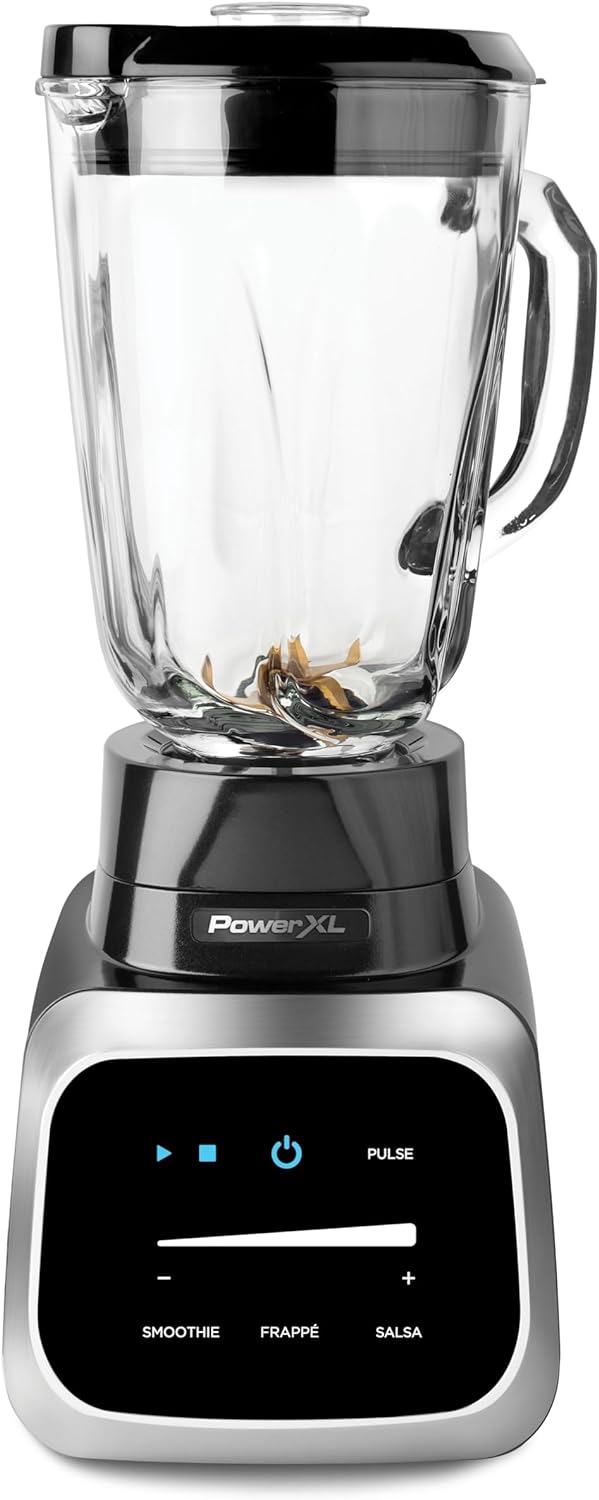
Introduction:
Powdered sugar, also known as confectioners’ sugar or icing sugar, is a key ingredient in many baking recipes. However, if you find yourself without a blender, you might wonder if it’s still possible to make your own powdered sugar at home. Fortunately, there are several effective methods to achieve this using tools you likely already have in your kitchen. This guide explores various techniques to make powdered sugar without a blender, along with tips for achieving the best results.

How to Make Powdered Sugar Without a Blender:
What Are the Best Techniques?
Understanding Powdered Sugar:
What Is Powdered Sugar and Why Is It Used?
Before delving into the methods of making powdered sugar, it’s helpful to understand what it is and its applications in cooking and baking.
Composition:
Sugar and Starch:
Fine Texture: Powdered sugar is essentially granulated sugar that has been ground into a fine powder. It often contains a small amount of cornstarch to prevent clumping.
Uses in Baking:
Versatile Ingredient:
Textural Benefits: Powdered sugar is commonly used for its fine texture, which easily dissolves in liquids, making it ideal for icings, frostings, and dusting over baked goods. It also helps create a smooth consistency in whipped cream and other desserts.

Mortar and Pestle Method:
How Can You Use a Mortar and Pestle to Make Powdered Sugar?
A mortar and pestle is a traditional tool that can effectively grind granulated sugar into powdered sugar.
Preparation:
Gather Materials:
Mortar Setup: Ensure your mortar and pestle are clean and dry. Any moisture can cause the sugar to clump instead of turning into a fine powder.
Adding Sugar:
Measuring Carefully:
Small Batches: Begin with a small amount of granulated sugar, approximately 1/4 cup at a time. This ensures better control and more efficient grinding.
Grinding Process:
Manual Force:
Circular Motion: Use the pestle to crush the sugar with a firm, circular motion. Apply steady pressure and move the pestle around the mortar in a grinding motion. This breaks down the sugar crystals into a fine powder.
Consistency Check:
Regular Inspection:
Desired Fineness: Periodically check the texture of the sugar. Continue grinding until it reaches the desired powdered consistency. The end result should be similar to commercial powdered sugar – light and fine.
Sifting:
Smooth Finish:
Fine Sieve: For an even finer texture, sift the powdered sugar through a fine-mesh sieve to remove any remaining larger particles. This step ensures a smooth consistency, which is particularly important for icings and smooth batters.
Rolling Pin Method:
What Steps Are Involved in Using a Rolling Pin to Make Powdered Sugar?
A rolling pin, combined with a plastic bag, can also be an effective method for making powdered sugar.

Preparation:
Prepare Workspace:
Clear Surface: Prepare a clean, flat surface, such as a countertop or large cutting board, where you can comfortably roll the sugar.
Plastic Bag:
Contain the Sugar:
Ziplock Bag: Place the desired amount of granulated sugar into a sturdy, ziplock plastic bag. Seal the bag, ensuring there is no excess air to prevent it from bursting during the rolling process.
Rolling Process:
Even Pressure:
Crush and Roll: Use the rolling pin to crush the sugar crystals by applying even pressure as you roll back and forth. Make sure to roll over the entire bag to ensure all the granules are broken down into a fine powder.
Repositioning:
Effective Grinding:
Redistribute Sugar: Periodically shake and reposition the sugar inside the bag to ensure even grinding. Continue rolling until the sugar reaches a powdered consistency.
Sifting:
Ensure Smoothness:
Fine-Mesh Sieve: As with the mortar and pestle method, sift the powdered sugar through a fine-mesh sieve to achieve an even, smooth texture.
Coffee Grinder Method:
Can a Coffee Grinder Be Used to Make Powdered Sugar?
A coffee grinder is another tool that can help you make powdered sugar efficiently.
Preparation:
Clean and Dry:
Avoid Residues: Ensure the coffee grinder is thoroughly cleaned and completely dry. Any residual coffee or moisture can affect the taste and texture of the powdered sugar.
Adding Sugar:
Small Quantities:
Efficient Grinding: Add a small amount of granulated sugar to the grinder, usually around 1/4 cup at a time. Overloading the grinder can lead to uneven grinding.
Grinding Process:
Short Bursts:
Controlled Pulsing: Use the grinder’s pulse function to grind the sugar in short bursts. This prevents the grinder from overheating and ensures a finer grind.
Consistency Check:
Desired Texture:
Grinding Time: After a few pulses, check the texture of the sugar. Continue pulsing until the granules are fully pulverized into a fine powder.
Sifting:
Final Step:
Smooth Consistency: Sift the powdered sugar through a fine-mesh sieve to remove any remaining large particles, ensuring an even consistency.

Food Processor Method:
How Can a Food Processor Be Used to Make Powdered Sugar?
A food processor, typically found in many kitchens, can also be used to make powdered sugar.
Preparation:
Clean Processor:
Dry Components: Ensure the food processor and its components are clean and dry. Any moisture can cause the sugar to clump.
Adding Sugar:
Small Batches:
Avoid Overloading: Add granulated sugar to the food processor in small batches, about 1/2 cup at a time. Overloading may result in uneven grinding.
Processing:
Consistent Pulsing:
Effective Grinding: Pulse the sugar in the food processor to break it down. Use short bursts to prevent overheating and ensure thorough grinding.
Checking Texture:
Desired Fineness:
Regular Monitoring: Check the texture periodically. Continue processing until the sugar is finely powdered.
Sifting:
Smooth Finish:
Fine-Mesh Sieve: As with other methods, sift the powdered sugar to achieve an even, smooth consistency.
Mixing with Cornstarch:
Do You Need to Mix Cornstarch with Powdered Sugar?
Commercial powdered sugar often includes cornstarch to prevent clumping.
Cornstarch Ratio:
Proper Proportion:
Standard Mix: For every cup of powdered sugar, add about 1 tablespoon of cornstarch. This helps keep the sugar dry and free-flowing.
Combining Ingredients:
Even Distribution:
Thorough Mixing: Mix the cornstarch thoroughly with the powdered sugar to ensure even distribution. This step is essential for storage, preventing clumping over time.
Storing Powdered Sugar:
How Should You Store Homemade Powdered Sugar?
Proper storage keeps your homemade powdered sugar fresh and ready for use.
Airtight Container:
Prevent Moisture:
Sealed Storage: Store your powdered sugar in an airtight container to prevent exposure to moisture, which can cause clumping and spoilage.
Cool, Dry Place:
Optimal Conditions:
Storage Environment: Keep the container in a cool, dry place away from direct sunlight and humidity. This ensures the powdered sugar maintains its fine texture and sweetness.

Best Practices and Tips:
What Are Some Important Tips for Making Powdered Sugar?
Following best practices ensures the best results when making powdered sugar.
Small Batches:
Avoid Overloading:
Efficient Grinding: Grinding sugar in small batches ensures better control and consistency. It is easier to achieve a fine texture without overworking your tools.
Equipment Care:
Regular Cleaning:
Maintenance: Keep your grinding tools clean and dry before use to prevent contamination and improve efficiency. Regular maintenance extends the life of your equipment.
Frequent Checking:
Monitor Consistency:
Desired Fineness: Regularly check the texture of the powdered sugar during the grinding process. This helps you achieve the perfect consistency.
Using Fresh Ingredients:
Quality Matters:
Optimal Taste: Use fresh granulated sugar to ensure the best taste and texture. Stale or old sugar may not grind as finely and can affect the flavor of your powdered sugar.
Applications and Recipes:
How Can You Use Homemade Powdered Sugar in Cooking and Baking?
Homemade powdered sugar is versatile and can be used in various recipes.
Frostings and Icings:
Smooth and Sweet:
Buttercream and Glazes: Powdered sugar is perfect for making smooth buttercream frostings and glossy glazes. Its fine texture ensures a silky finish without graininess.
Dusting and Garnishing:
Visual Appeal:
Finishing Touch: Use powdered sugar to dust cookies, cakes, and pastries for a professional, finished look. It adds sweetness and enhances visual appeal.
Sweetening Beverages:
Quick Dissolution:
Hot and Cold Drinks: Powdered sugar dissolves quickly in liquids, making it ideal for sweetening hot drinks like coffee and cocoa, or cold beverages like lemonades and smoothies.
Conclusion
Making powdered sugar without a blender is entirely achievable using common kitchen tools such as a mortar and pestle, rolling pin, coffee grinder, or food processor. By following the detailed steps for each method and incorporating tips for consistency and storage, you can produce high-quality powdered sugar at home. Whether for baking, garnishing, or sweetening beverages, homemade powdered sugar can serve as an excellent substitute for commercially available options, ensuring you always have this essential ingredient on hand.